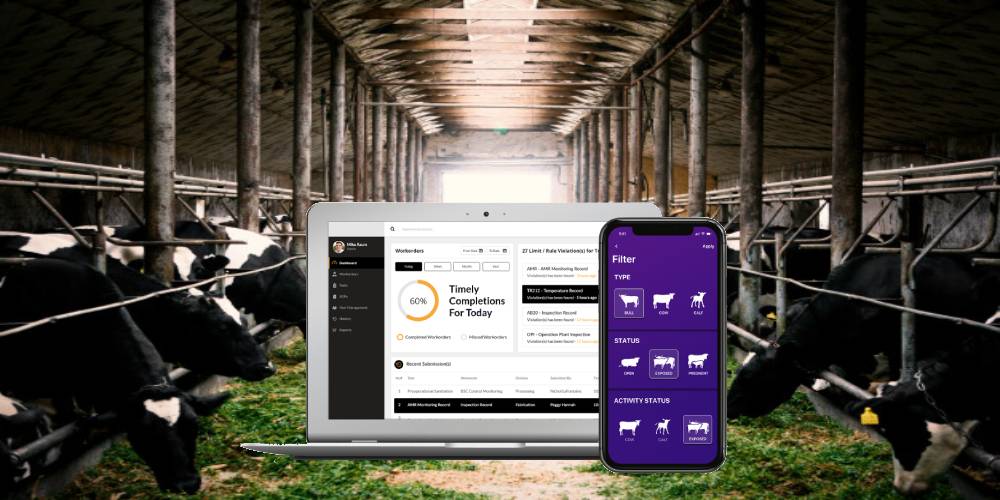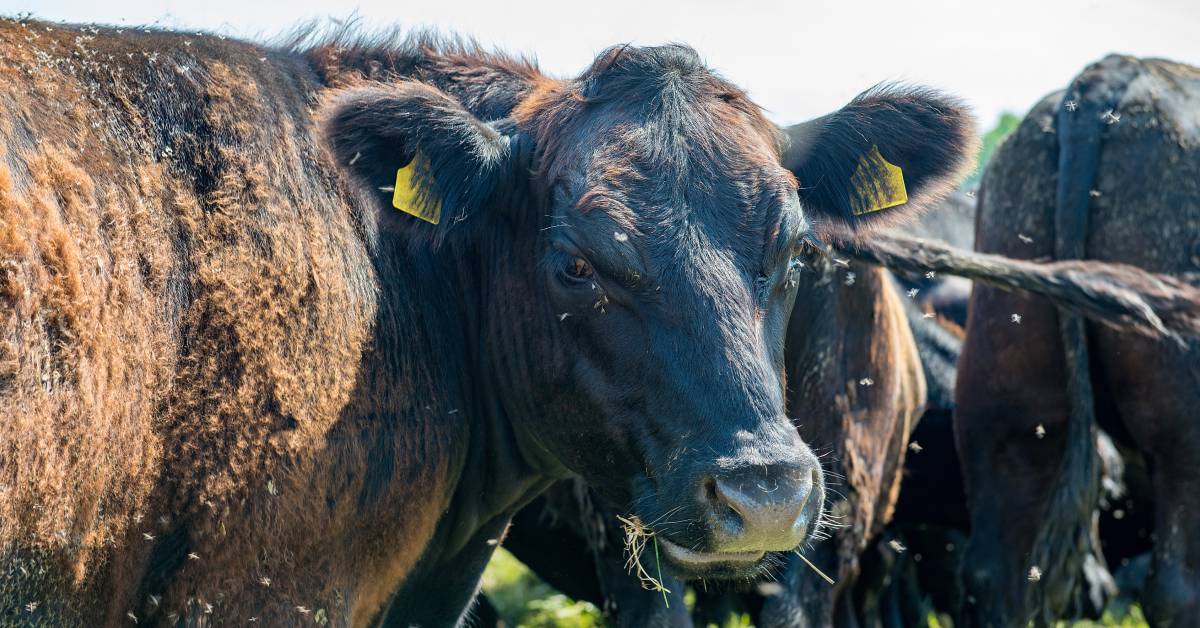It’s critical to be able to identify your animals. It can tell you what animal you are observing at, as well as its history, genealogy, and health. However, there are several drawbacks to adopting visual identification. For example, it’s difficult to determine the animals distinct if they all seem the same; if you use ear tags frequently, the animal may drop its tag; and if the tag becomes really dirty, the tags may be difficult to notice. Having all of the data you gathered from the animals documented and in one location adds to the problem. RFID tags come into play to aid with all of these issues.
Producers are progressively using electronic ID / RFID tags for cattle recognition to monitor animals’ performance individually. Smart livestock RFID tracking is becoming simpler now than ever due to EID tags, wand scanners, and portable scales.
So, how might this technology assist us in increasing our profits? Individual livestock and pasture productivity may be tracked to more efficiently transform grass into beef and money.
What are RFID Tags for Livestock?
RFID tags, or Radio Frequency Identification tags, are a technique to follow your cattle, sheep, pigs, and other livestock animals by detecting a tag with their distinctive identification number. The ear tag is small and spherical, and it is worn on the ear. Tags and a tag reader are available. Once the tags have been placed on the animals, they may be quickly scanned during weight inspections, pregnancy tests, and other physical exams. RFID tags can assist you in assessing which animals are functioning well and which ones require a little support or treatment, in addition to monitoring their history.
The RFID livestock reader is small, accessible, and simple to use, and it may be used to scan the tag immediately. It’s the ideal blend of technology and power, with a rechargeable battery to back up that claim. Because of the user-friendly design, anyone can use it in any setting, and it is adaptable with the majority of close to zero tags. It is also suitable for a wide range of international languages, making it a top choice for many customers who want to maintain a count of their cattle.
The data from the scanning is then readily imported into your farm software or another worksheet to keep track of everything.
What is the Purpose of Electronic ID Ear Tags?
Electronic ID tags are little circular tags that are inserted into the animal’s ear. EID tags or RFID tags are radio frequency identification tags with a unique 15-digit identification code. EID tags are intended to endure for the animal’s lifetime, yet disposable tags are increasingly common.
What are the Benefits of Using Electronic ID Tags?
RFID tags have a lot of advantages in agricultural operations. It allows you to recognize your animals quickly. Furthermore, it circumvents some of the drawbacks of line-of-sight tags, tattoos, and barcode scannings, such as the requirement to see physically or the ability to detect only one animal at a time. On the other hand, RFID tags do not access the line-of-site, and multiple RFID tags can be recognized and interpreted simultaneously.
The RFID tag might last the animal’s entire life. The rate of tag transmissions varies per firm, so verify with the manufacturer to see if a rfid reader will also serve. It’s worth noting that if all of your readers are ISO compliant, you can use distinct tags with each one. As the cattle business moves closer to precision agriculture for livestock management, EID data is becoming increasingly relevant. We are heading toward a heavily digitized era where ranchers utilize data to make better judgments about each animal and field efficiency regularly rather than once a year.
- A successful process of analyzing livestock; EID tags are small and less likely to be scratched off on a fence or misplaced.
- The ease of reading animal numbers; Cattle can be identified by scanning their animal tags with an RFID wand reader as they travel through the slide.
- Boost the performance of animal weight monitoring and specific animal performance. You can detect which livestock are performing much better by analyzing individual animal’s weight gains.
- Improve culling, animal health, breeding, and pregnancy decision-making for cattle. Specific EID tags can be used to store animal health records and collect data from each animal.
- Certification programs are available.
- Scales for weighing animals.
Innovative Cattle Weighing Scales
There are more innovative livestock weighing scales on the market than it has ever been. The weight of every animal is linked with its Identification number and captured as it crosses over an EID smart scale, which is connected to the EID tag through Bluetooth.
Even without EID, smart scales can assist you to enhance animal performance by retention of more precise and frequent records, allowing you to see which individual animals in your program are performing better through the season. Gallagher and Tru-Test are the most well-known companies, but Rice Lake Weighing Systems in Minnesota has created portable weighing scales that can be transferred between fields.
Ultimately, using these kinds of tags can help you and your animals have more effective (and less painful) check-in sessions. Incorporating electronic identification into your current herd
If your cattle currently have visible ear tags and wish to add digital recognition, the most challenging part may be matching the electronic id codes to the visible tags. Thankfully, there are two options.
Importing Data From a Spreadsheet
Your tag maker most likely has a method for you to get a spreadsheet (also known as a CSV file) with all of the electronic identification codes from your order. Just save that file to your computer and view it in your excel spreadsheet. Put the visual tag in the box adjacent to the electronic id number while dealing with cattle. After that, you may directly import this document to your device.
How to Use the App For RIFD Livestock Tracking
Those using an iPhone or iPad, however, have a simpler option. There are several apps for livestock tracking. Scan the tag with your reader and insert the accompanying visual ear tag with this software. Simply have the program produce a CSV file that you can import into the preferred app using the methods above once you have applied your electronic id tags.
Last Word
An RFID animal tag reader, is also called RFID livestock reader. It can support animal identification and tracking management. It contains a Bluetooth connectivity option that allows you to transfer information from the reader to your PC wirelessly. Besides that, the IDR offers a USB communication capability, which enables data transfer to smoother and more efficient.
This RFID tag reader is ideal for reading cattle, sheep, dogs, goats, horses, birds, and other animal breeds. This rfid reader is also ideal for monitoring and maintaining track of animals at slaughterhouses, poultry farms, hatcheries, gaushalas, and government agencies for preserving statistics of all types of stray farm animals.







